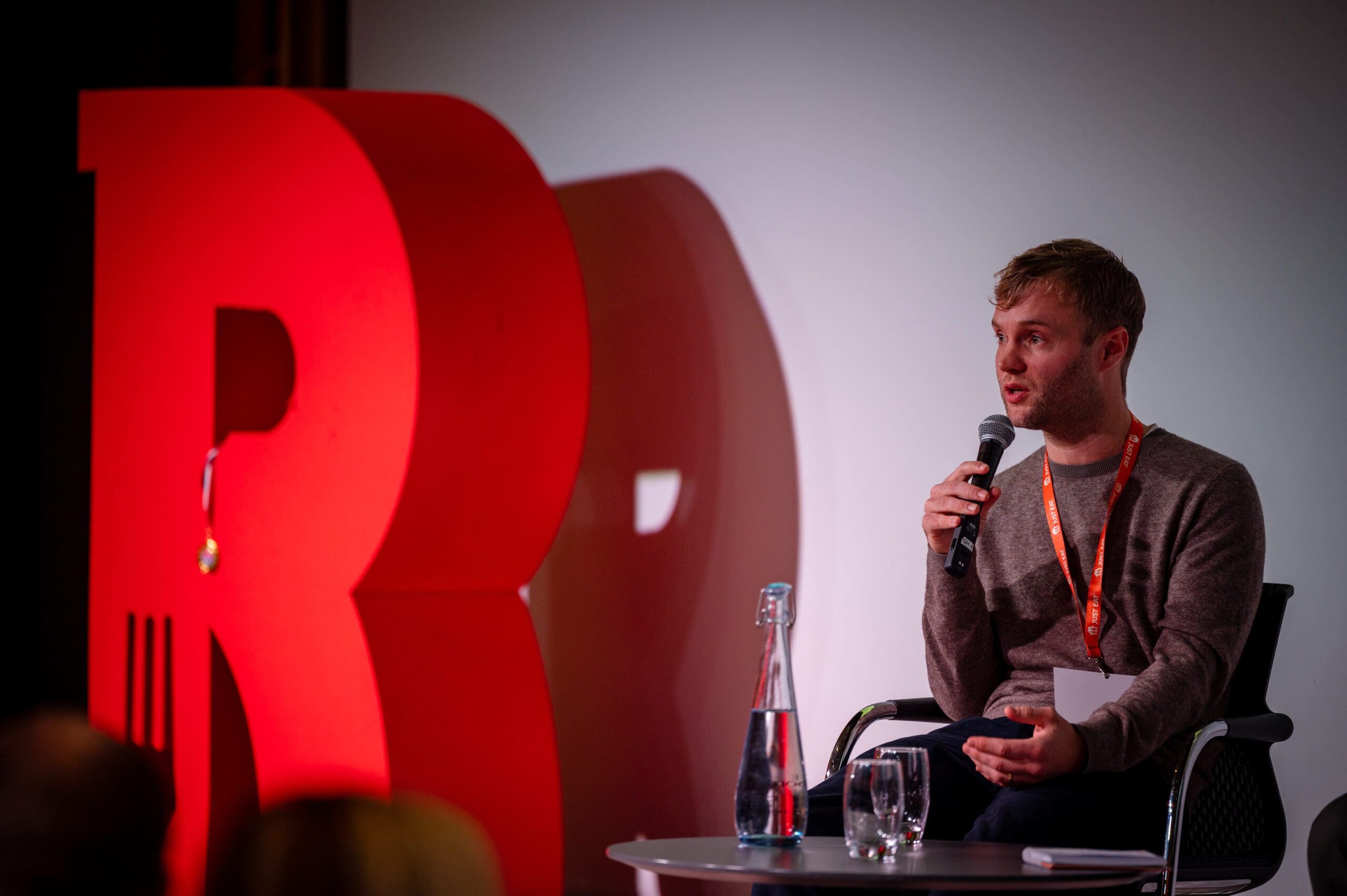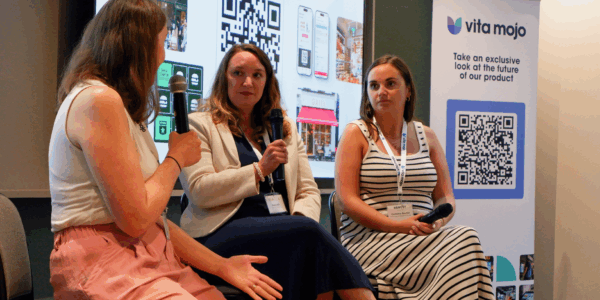Ellie Star from JustEat also spoke of the importance of adaptability for brands pursuing omnichannel approaches.
“Ellie, from your in depth understanding of the consumer what advice can you give operators embarking on their own omni channel journey?”
Nick Liddle
Commercial Director, Vita Mojo
“For brands in the casual dining spaces, customers are pivoting more towards dessert menus, or coming in for breakfast. If breakfast isn’t working, then having the adaptability to do what is right for your business is crucial.”
Ellie Starr
Senior Strategic Partnerships Manager, JustEat

Ellie Starr – Senior Strategic Partnerships Manager, JustEat
Ellie also emphasised how crucial it is to consider all your channels as part of the whole operation, rather than isolated parts to manage separately.
“How do you work with operators to protect their brand equity?”
Nick Liddle
Commercial Director, Vita Mojo
“JustEat, or any brand aggregator, is an extension of your business. It is there as a support mechanism.”
Ellie Starr
Senior Strategic Partnerships Manager, JustEat
Yolk is still very much at the start of its omnichannel journey.
They see 90% of orders in store, where they have now introduced self-order kiosks, with 10% of orders coming through delivery.
“Despite being earlier on in your journey, what has worked well for Yolk to date?”
Nick Liddle
Commercial Director, Vita Mojo
“The biggest single change we have gone through has been moving towards kiosks and Click & Collect. We’ve actually been surprised how well it’s been received by guests, that’s really helped us.”
Nick Philpot
Founder at Yolk
Yolk has seen a 20% increase in delivery orders through its digital order channels. Nick also praised how rolling out kiosks has helped the brand cope with the labour crisis.
“What problems were you looking to solve immediately?”
Nick Liddle
Commercial Director, Vita Mojo
“Most importantly we integrated Click & Collect, our POS and Deliveroo into one KDS. We also needed easier access to data to have more of an understanding of the guest”
Nick Philpot
Founder at Yolk
Integrating orders from all their channels into one Kitchen Display System has made the Yolk operation more efficient, helps the staff avoid tablet hell, and provides new ways of reporting across multiple channels from one system.

Nick Philpot – Founder, Yolk
“Sara, what challenges have you come up against with Omnichannel?”
Nick Liddle
Commercial Director, Vita Mojo
“One mistake is trying to do the same thing everywhere. All channels are different, and they need tailoring to the customer learning curve.”
Sara McKennedy
Commercial Brand Director, Coco di Mama

Sarah McKennedy – Commercial Brand Director, Coco di Mama
“What lessons have you learnt on the journey?”
Nick Liddle
Commercial Director, Vita Mojo
“With kiosks, you need to bring your staff on the journey with you; ensure they understand why we’re doing it.”
Sara McKennedy
Commercial Brand Director, Coco di Mama
The labour crisis is still affecting QSRs. Whilst costs everywhere continue to spiral, it’s more important than ever for operators to retain the skilled workers they have.
Including the staff in the omnichannel approach with digital ordering, and supporting them in sharing the vision, can make all the difference, as Sara continued:












